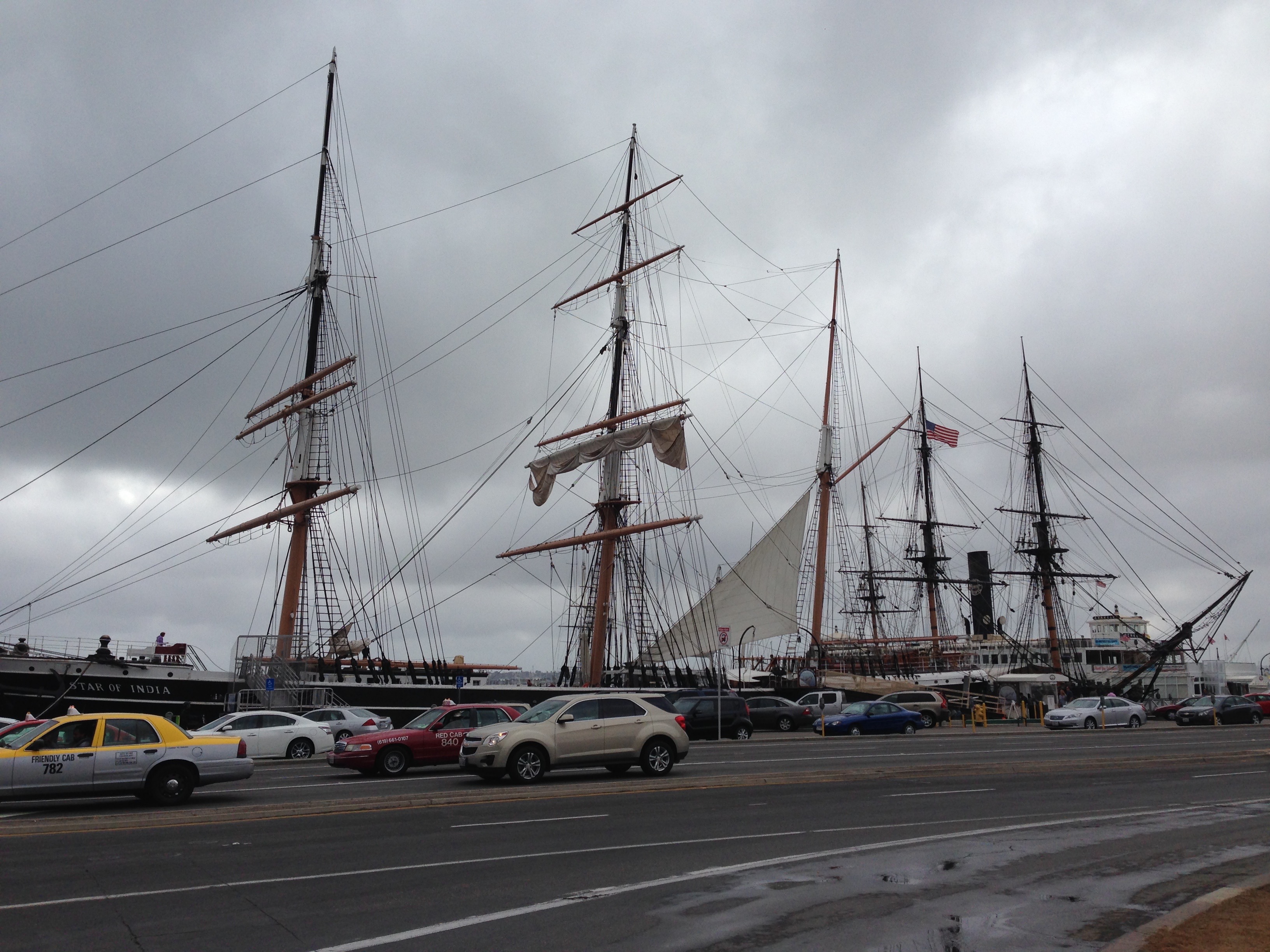Changing Perspectives Of Hiroshima
By Dr. Steven Hull
Preceding President Obama’s May visit to Hiroshima, the National Security Forum (NSF) featured two articles, Wilson Miscamble’s “Obama, Truman, and Hiroshima” (Wall Street Journal, May 11, 2016); and Stanley Weiss’s “Hiroshima Saved My Life” (NSF email/post at http://www.
Miscamble and Weiss make credible cases supporting President Truman’s decision, yet both could have employed current data to bolster their claims. For example, projected American casualties for both phases of Operation Downfall, the invasion of Japan, were understated. Miscamble uses a figure of 500,000. In early 1945 General George C. Marshall publicly predicted this very number. The New York Times printed that number in the summer of 1945 and it was the number briefed to members of the armed forces. Hidden from public view were well-researched, larger estimates. Former President Herbert Hoover, working with a group of Army colonels, told President Truman that his research showed there would be 500,000-1,000,000 casualties. Dr. William Shockley, later famous for the invention of the transistor, estimated 1.7-4,000,000 American casualties. Truman and his advisors were aware of these predictions. Ironically all of these relied on American intelligence that dramatically underestimated the quantity of Kamikaze planes available, the number qualified pilots to man them, and the size of the Japanese army on the island of Kyushu, the target of Operation Olympic, Phase I of Operation Downfall.
What about Japanese casualties? Projections varied from two to ten million dead, with Shockley predicting five to ten million. This is plausible considering the massive conventional firepower that was mobilizing for Operation Downfall. It would have dwarfed the 1944 Allied invasion of France. Downfall was to involve 5,000,000 men, 4,000 ships, and 20,000 aircraft. Ninety percent of the Royal Navy (800,000 sailors) would be participating. In addition, Japanese defense systems were far more extensive than those on Okinawa, which slaughtered American troops and led to the annihilation of the defending Japanese. Almost all of these defenses were in place by mid-August 1945. Furthermore, General George Marshall was willing to use poison gas and the next nine atomic bombs being produced against Japanese defensive hard points and personnel concentrations. All this leads to the conclusion that these casualty projections were reasonable and Truman’s decision saved Japanese lives as well.
In other ways Miscamble’s and Weiss’s articles are quite different. Miscamble wanders off topic criticizing President Obama. His assumption that the President’s mere visit to Hiroshima was a gateway for an apology for the bomb was an a priori conclusion looking for a rationale. His linking Truman’s decision to Obama’s indecisiveness in Syria is a false analogy. Lastly, he condescendingly chides the President and the Japanese to appreciate the fact that Truman’s decision saved lives on both sides, as if Obama and his hosts were not already aware of this line of argument.
In refreshing contrast, Weiss is focused, introspective and aware of the unique implications of the nuclear devastation of Hiroshima. He would have seen the invasion first hand. He likely witnessed some of the massive buildup preparations. He experienced the magnitude of what might have been. He states Truman’s decision likely saved his life and has no regrets about that decision. He acknowledges the brutality of Imperial Japan and rejoices in its death. However, Weiss recognizes the unprecedented destruction was horrible. Subsequently he has spent much of his life trying to rid the world of nuclear weapons, using Truman’s decision, which gave him life and so many Japanese death, as justification.
American and Japanese World War II combatants are rapidly leaving us. There is sadness in this but also opportunity for further healing. We must challenge the idea that any type of an American apology is a toxic, treasonous zero sum game. Should we have had no pangs of conscience for using the bomb? Or, are there gray areas of ethics and morality that are open for discussion? Can we believe that incinerating Hiroshima was the right thing to do, yet not feel sorry so many people died? And if so, should we not be able to communicate that sorrow to the nation and people who were ground zero? Is not such sorrow a cleansing for us, perhaps more so than an apology to the Japanese?
The notion that the bomb was justified does not eliminate the human side of the Hiroshima tragedy, nor quell feelings of regret and sorrow on both sides, as Weiss touchingly articulates. I would encourage Miscamble to read Weiss and then read or re-read John Hersey’s 1946 best-seller, “Hiroshima”. When atomic destruction is humanized at the level of the individual, the narrow righteousness supporting the bombing at the policy level reeks in comparison.
Biographical Note: Dr. Hull is a retired public school educator, trained historian, and a retired Navy Captain. He was an active duty surface warfare officer and Navy Reserve intelligence officer. He was born on the fifth anniversary of the bombing of Hiroshima. His father was a World War II Pacific combat veteran. A U.S. Navy Aviation Radioman, he was assigned to a PV-2 Harpoon medium bomber squadron slated to be part of Operation Olympic.

